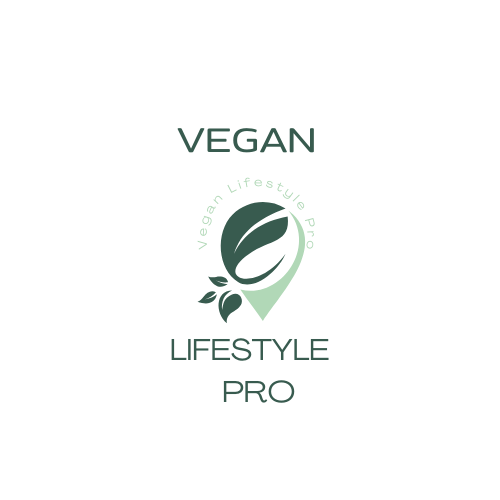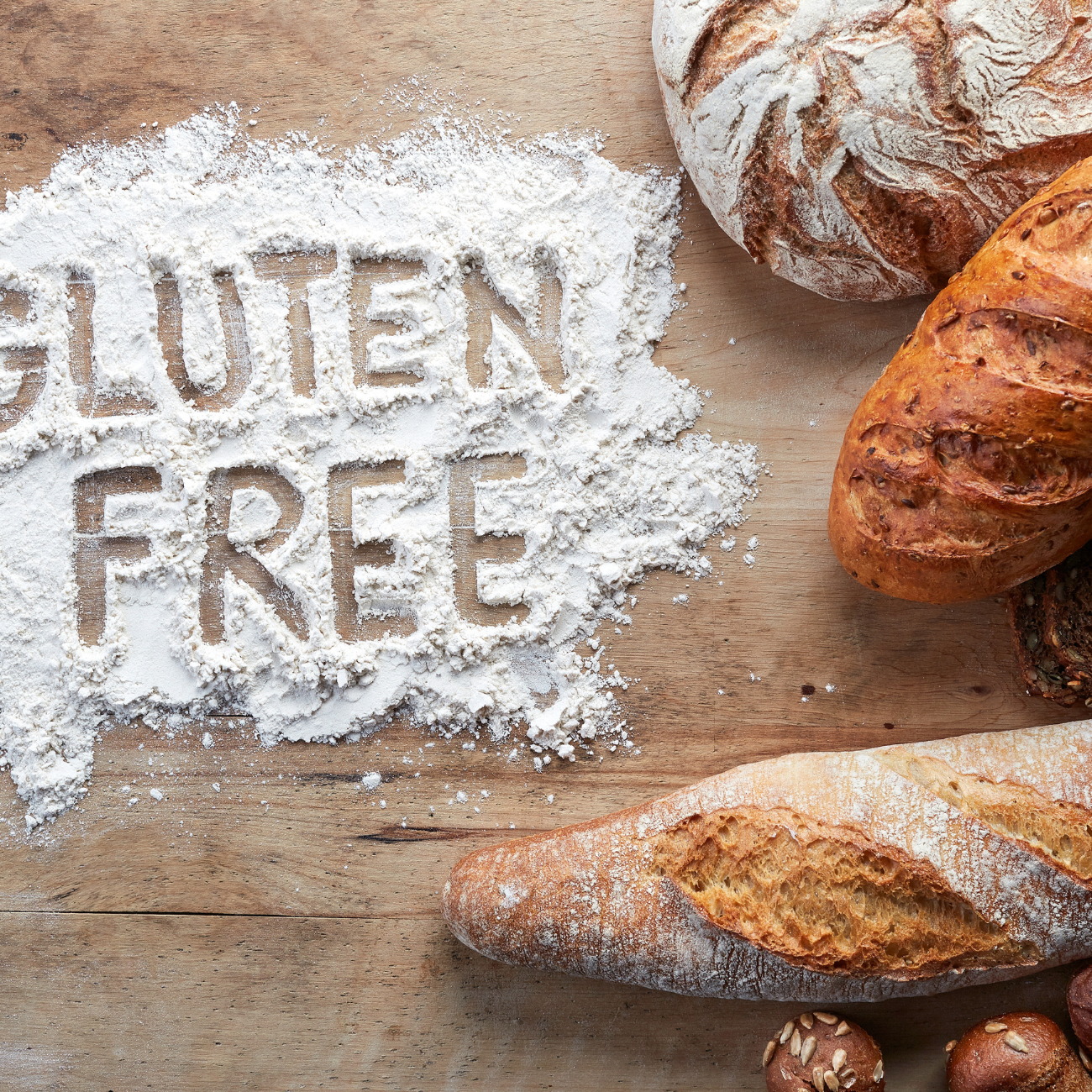Gluten Free Bread Baking: A Comprehensive Guide.
Embarking on the journey of baking gluten-free bread opens up a world of culinary exploration and creativity, offering a delightful array of flavors and textures to tantalize the taste buds. Whether you’re embracing a gluten-free lifestyle out of necessity or curiosity, mastering the art of gluten-free bread baking requires patience, practice, and a deep understanding of the unique characteristics of gluten-free flours. In this comprehensive guide, we’ll delve into the intricacies of baking bread using gluten-free flour, exploring techniques, tips, and recipes to help you achieve bakery-quality results in the comfort of your own kitchen.
Understanding the Fundamentals of Gluten-Free Baking
To embark on your gluten-free bread baking journey, it’s crucial to grasp the fundamentals of gluten-free baking. Unlike traditional wheat flour, which contains gluten—a protein that provides structure and elasticity to bread dough gluten-free flours lack this essential component, requiring alternative methods to achieve the desired texture and rise in gluten-free bread.
Selecting the Right Gluten-Free Flour Blend
One of the most critical decisions in gluten-free bread baking is choosing the appropriate flour blend. While a single type of gluten-free flour may lack the necessary properties to create a well-rounded bread loaf, combining different gluten-free flours and starches can yield a more balanced result. Common gluten-free flours and starches used in bread baking include rice flour, tapioca flour, potato starch, almond flour, and sorghum flour. Experimenting with various flour combinations allows you to customize the flavor, texture, and nutritional profile of your gluten-free bread.
Understanding the Role of Binders and Leavening Agents
In gluten-free bread baking, binders and leavening agents play a crucial role in achieving the desired texture and rise. Xanthan gum and guar gum are commonly used as binders in gluten-free baking, helping to mimic the elastic properties of gluten and improve the structure of the bread dough. Additionally, incorporating leavening agents such as yeast, baking powder, or baking soda helps to create light and airy gluten-free bread loaves. Understanding the appropriate ratios of binders and leavening agents is essential for achieving optimal results in gluten-free bread baking.
Mastering Gluten-Free Bread Baking Techniques
Once you’ve selected your flour blend and assembled your ingredients, it’s time to master the techniques of gluten-free bread baking. While the process may differ slightly from traditional bread baking, with careful attention to detail and practice, you can achieve bakery-quality results.
Mixing and Kneading the Dough
Mixing and kneading gluten-free bread dough requires a gentle touch to avoid overworking the delicate structure of the gluten-free flours. Unlike wheat-based dough, which benefits from vigorous kneading to develop gluten strands, gluten-free dough should be mixed until just combined to prevent toughness and density in the final loaf. Using a stand mixer with a paddle attachment or mixing by hand with a sturdy spatula are effective methods for incorporating the ingredients evenly without overmixing.
Proofing and Rising the Dough
Proper proofing and rising are essential for achieving optimal texture and flavor in gluten-free bread. Since gluten-free dough lacks the elasticity of traditional bread dough, it may not rise as dramatically during the proofing process. To encourage adequate rise, consider using a warm, draft-free environment for proofing, such as a turned-off oven with a bowl of hot water or a proofing box set to a gentle temperature. Additionally, incorporating ingredients like honey or sugar can help activate the yeast and promote fermentation, resulting in a lighter and more flavorful loaf.
Baking and Testing for Doneness
When baking gluten-free bread, achieving the perfect balance of golden crust and tender crumb requires careful monitoring and attention to detail. Preheat your oven to the appropriate temperature and position the bread loaf in the center of the oven for even baking. Keep an eye on the bread as it bakes, rotating the pan halfway through to ensure uniform browning. To test for doneness, insert a digital thermometer into the center of the loaf—the internal temperature should register between 200°F and 210°F. Alternatively, tap the bottom of the loaf—if it sounds hollow, it’s ready to be removed from the oven.
Troubleshooting Common Issues in Gluten-Free Bread Baking
Despite your best efforts, you may encounter challenges along the way in gluten-free bread baking. Understanding common issues and their potential causes can help you troubleshoot and refine your technique for future batches.
Dense or Gummy Texture: A dense or gummy texture in gluten-free bread can result from overmixing the dough, insufficient leavening agents, or inadequate proofing time. To remedy this issue, ensure gentle mixing and kneading, use the appropriate amount of leavening agents, and allow sufficient time for the dough to rise before baking.
Lack of Rise: If your gluten-free bread fails to rise adequately, it may be due to inactive yeast, improper proofing conditions, or insufficient binding agents. Check the expiration date of your yeast, use a warm and humid environment for proofing, and consider adjusting the ratio of binders to improve the structure of the dough.
Crumbly Texture: A crumbly texture in gluten-free bread can indicate insufficient binding agents or a lack of moisture in the dough. Increase the amount of xanthan gum or guar gum in your recipe to improve cohesion, and consider adding additional liquid or fat to enhance moisture retention.
Bland Flavor: If your gluten-free bread lacks flavor, it may benefit from the addition of herbs, spices, or other flavorings to enhance its taste profile. Experiment with ingredients like garlic powder, rosemary, or Parmesan cheese to add depth and complexity to your bread.
Incorporating Gluten-Free Bread into Your Culinary Repertoire
Once you’ve mastered the art of gluten-free bread baking, the possibilities for culinary exploration are endless. From classic sandwich loaves and crusty baguettes to savory focaccia and sweet cinnamon rolls, gluten-free bread can be adapted to suit a wide range of tastes and preferences. Experiment with different flour blends, flavorings, and shaping techniques to create unique and delicious bread creations that will delight family and friends alike.
In addition to enjoying gluten-free bread on its own, consider incorporating it into your favorite recipes and culinary creations. Use gluten-free bread as a base for sandwiches, toast, or bruschetta, or transform it into breadcrumbs for coating meats or vegetables. Gluten-free bread can also be used to make decadent French toast, hearty stuffing, or indulgent bread pudding, offering endless opportunities to indulge in its delicious flavor and texture.
Conclusion: Embracing the Art and Science of Gluten-Free Bread Baking
Mastering the art of gluten-free bread baking requires a combination of patience, practice, and creativity. By understanding the fundamentals of gluten-free baking, mastering essential techniques, and troubleshooting common issues, you can achieve bakery-quality results that rival their gluten-containing counterparts. Whether you’re baking for dietary restrictions, health considerations, or simply the love of good food, gluten-free bread offers a delicious and satisfying alternative that’s sure to delight and impress. So roll up your sleeves, dust off your apron, and let the aroma of freshly baked bread fill your kitchen as you embark on your gluten-free bread baking adventure.
Questions And Answer’s:
- Question: What are some common misconceptions about baking gluten-free bread, and how can they be addressed?
Answer: One common misconception is that gluten-free bread will always turn out dense or crumbly. However, by using the right blend of gluten-free flours, incorporating proper binding agents like xanthan gum or guar gum, and following precise techniques, gluten-free bread can achieve a light and airy texture similar to traditional bread. - Question: How can someone determine the best gluten-free flour blend for their bread baking needs?
Answer: Experimentation is key when it comes to finding the perfect gluten-free flour blend for bread baking. Start with commercially available blends or mixtures of rice flour, tapioca flour, and potato starch, then adjust the ratios based on texture, flavor, and performance. Incorporating almond flour, sorghum flour, or chickpea flour can also add depth of flavor and nutritional value to your bread. - Question: What role do binders and leavening agents play in gluten-free bread baking, and how can they be effectively utilized?
Answer: Binders such as xanthan gum or guar gum are essential in gluten-free bread baking as they help mimic the elasticity and structure that gluten provides in traditional bread dough. Leavening agents like yeast, baking powder, or baking soda create the desired rise and texture in gluten-free bread. Understanding the proper ratios and techniques for incorporating these ingredients is crucial for achieving optimal results in gluten-free bread baking. - Question: How can someone troubleshoot common issues such as dense or gummy texture in their gluten-free bread?
Answer: Dense or gummy texture in gluten-free bread can often be attributed to overmixing the dough, inadequate proofing, or insufficient leavening agents. To troubleshoot, ensure gentle mixing and kneading techniques, provide adequate proofing time in a warm environment, and adjust the amount of leavening agents in your recipe as needed. - Question: What are some creative ways to incorporate gluten-free bread into recipes beyond traditional sandwiches or toast?
Answer: Gluten-free bread can be used in a variety of creative ways beyond its traditional uses. Consider using it as a base for gluten-free pizza, slicing it into croutons for salads, or transforming it into breadcrumbs for coating meats or vegetables. Additionally, gluten-free bread can be used to make indulgent treats like bread pudding, French toast, or savory stuffing, offering endless possibilities for culinary exploration.

